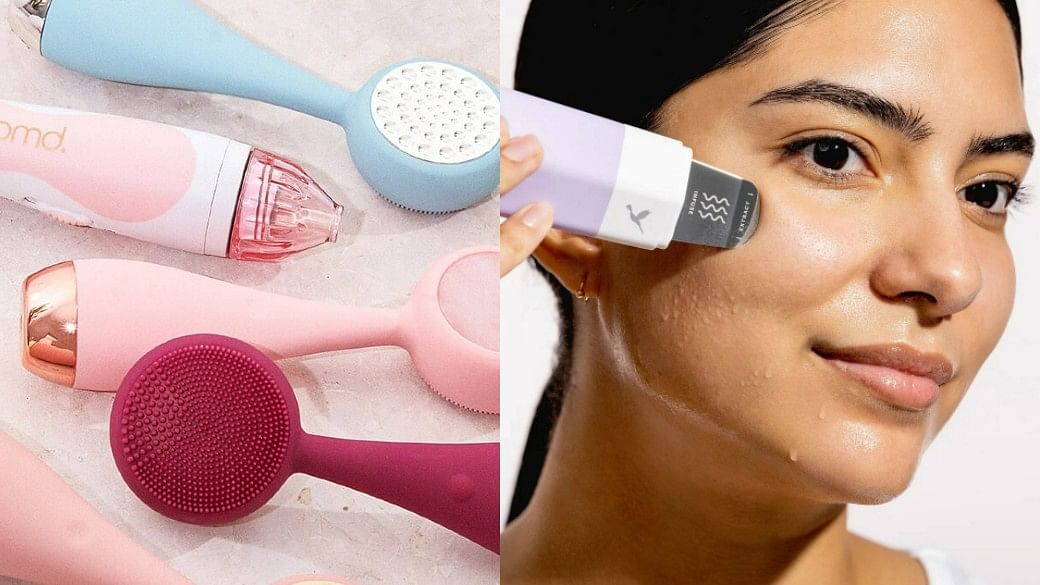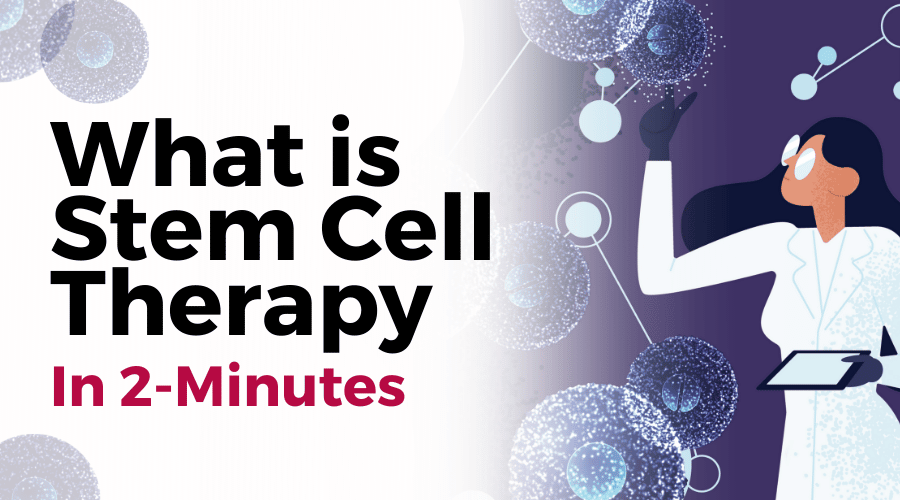Which Skincare Device is Right For You?
Which Skincare Device is Right For
You?
When it comes to skincare devices, there are many different options available. There
are different types of skin treatment technology dualsonic hifu, such as Laser skin resurfacing, Leaf
fusion plasma, and Clareblend. Let’s take a look at some of the best devices
available today. We’ll discuss their benefits and which one is the right one for your
skin.

Microcurrent
Microcurrent skincare devices use FDA-approved technology to help improve skin
firmness and elasticity hifu treatment malaysia. These devices also help increase collagen production. The
results are long-lasting and are attributed to the stimulation of skin cells. A
microcurrent facial is ideal for aging faces that have lost elasticity and are prone to
sagging.
Microcurrent treatments are safe for most people. However, some people should
proceed with caution. Although the electrical current produced by microcurrent
devices is minimal, it can cause minor side effects, and people with heart conditions
should seek medical advice before using one.
Laser skin resurfacing
Laser skin resurfacing is a popular procedure for improving the appearance of aging
skin. Several different laser platforms are available, and all of them work by
resurfacing the upper layers of the skin. These devices are often used to improve the
appearance of lentigines and other skin lesions, as well as treat photoaging and
acne scarring. There are five major types of dermatologic lasers currently in use,
including ablative and nonablative lasers. Nonablative lasers are gentler, allowing
the skin to heal faster and minimize downtime.
Fraxel lasers are nonablative lasers that remove the outer layers of skin to reduce
wrinkles and uneven pigmentation. Typically, patients need three to five treatments.
Downtime after this procedure is minimal, between three and six days, and they are
generally safe for patients with Fitzpatrick skin types I-VI. Fraxel lasers are also
known as fractionated lasers because they use columns of thermal heating that are
one tenth of the size of a hair follicle. The laser treatment disperses the outer layer
of skin, improving the tone and texture.

Leaf fusion plasma
A skincare device that uses plasma is known to improve the appearance of skin by
stimulating collagen and elastin. The device works with the fusion plasma
technology, which uses energy from a low-frequency micro-current to boost these
ingredients. Compared to conventional plasma products, the energy of the Leaf’s
micro-current is gentle enough to be safe for all skin types, and the device does not
generate ozone, which can be harmful to the body and the skin.
When used in conjunction with your favorite skincare products, the Leaf fusion
plasma device allows the active ingredients to penetrate deeper and work more
effectively. The device can also be used in the privacy of your home or in the office.
Its technology allows you to choose which settings you wish to use and how you
want to use them, all via the device’s screen communication.
Clareblend
Clareblend is an excellent skincare device that works by stimulating the facial
muscles. This promotes skin firmness and tone, while reducing the appearance of
lines and wrinkles. It can also help treat acne and common skin problems. It works
by emitting microcurrents, which are gentle electrical frequencies that mimic the
body’s own electrical signals. These frequencies cause an increase in ATP
(adenosine triphosphate), which speeds up cellular metabolism. This ultimately
leads to an increased rate of detoxification and elimination of waste and impurities
from the body.
Despite its size, Clareblend is incredibly portable and can be used at home. The
device features advanced microcurrent technology that is clinically tested to provide
lifting and toning results. This technology has been proven to reduce the appearance
of fine lines and wrinkles, making it an ideal companion for facial enhancement
surgery.
NuFace
If you’re a fan of microcurrent skincare treatments but don’t want to commit to a
salon visit, NuFace may be a good option. The device is easy to use, with a simple
five-minute treatment. Just place the device on your face and press the button to
move it. The roller should move in a circular motion, and you’ll hear a beep every
couple of seconds to ensure that the treatment is done correctly. Unlike the
traditional facial massager, NuFACE is more targeted, and it’s best to use it in
conjunction with in-office treatments.
The device works by sending low-level currents through your skin, which massage
facial muscles, firming and lifting your skin. This gentle current is very similar to
your body’s own current, which helps lift, contour and tone your face. To get the
most out of your NuFACE treatment, start with a clean, oil-free face. Then, apply a
primer gel, which is included in the device’s starter kit. You can purchase additional
gels for different parts of your face.…





